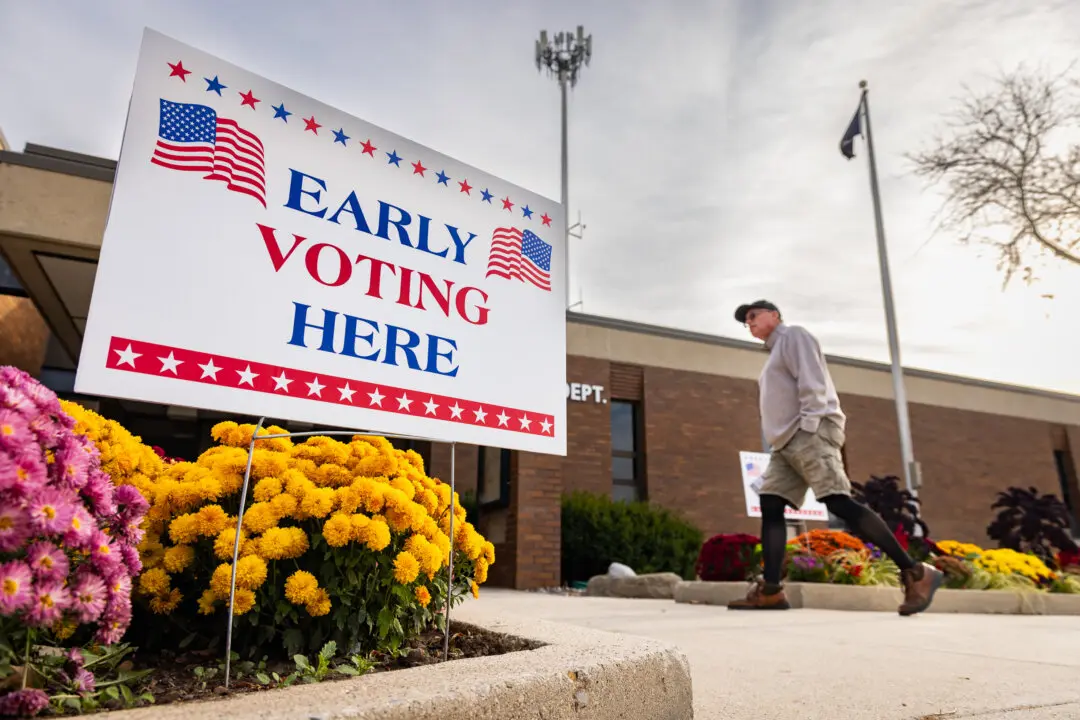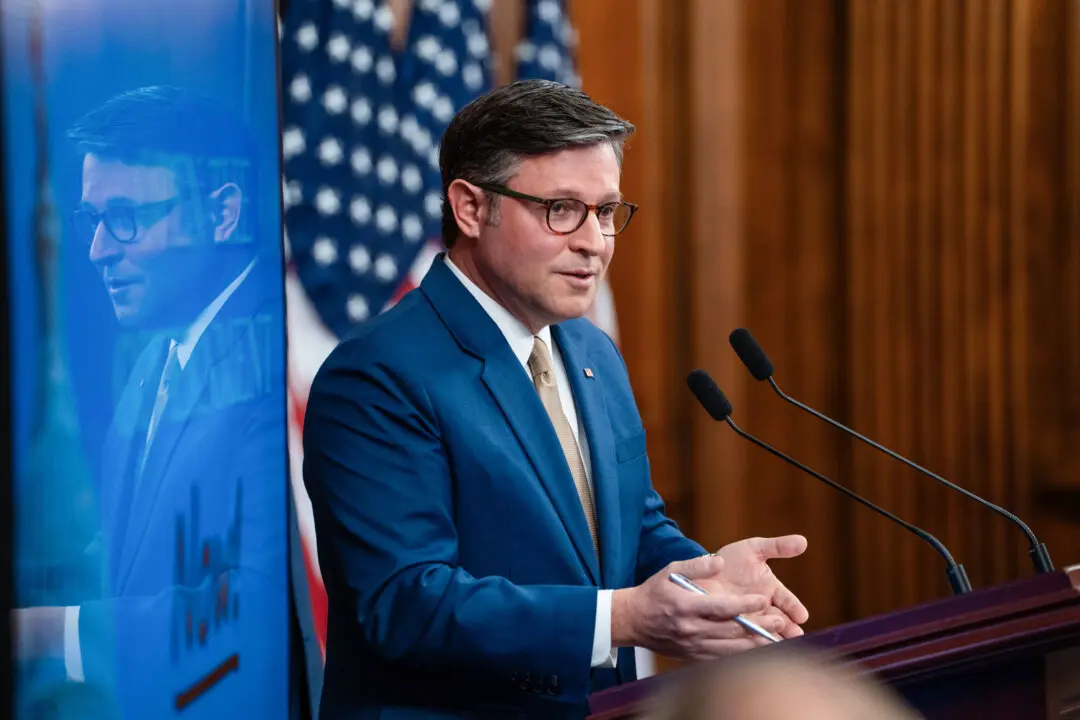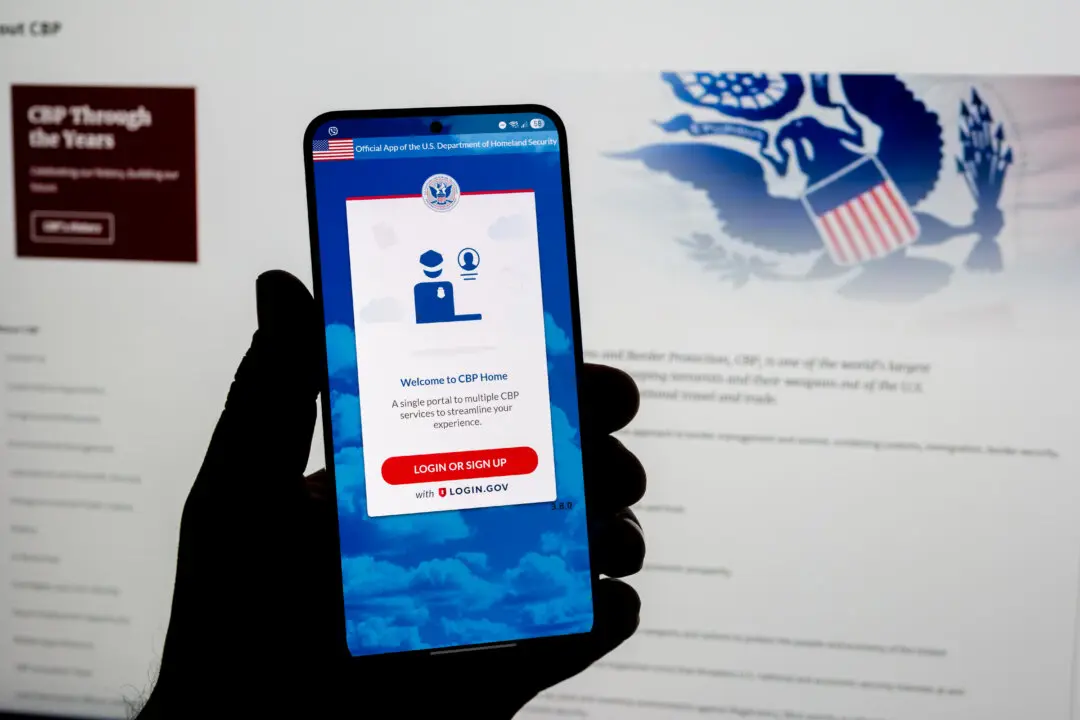Michigan Gov. Gretchen Whitmer said the Canadian government needs to work toward opening traffic on a key U.S.–Canada bridge that has been blocked by protesters.
“The blockade is having a significant impact on Michigan’s working families who are just trying to do their jobs. Our communities and automotive, manufacturing, and agriculture businesses are feeling the effects. It’s hitting paychecks and production lines. That is unacceptable,” the Democrat governor said in a statement on Feb. 10.





